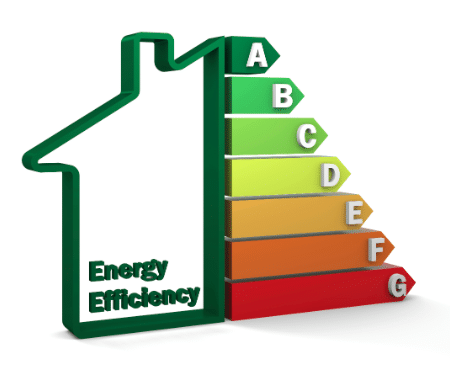The Cost of Straw Bale Construction
When people talk about the cost of straw bale construction, they often get things a bit muddled up. On one side of the equation, there are those who say a straw bale house only costs nine cents to build and can be heated with a candle and some flatulence (caution: do not mix the two!). On there other side are those who say that straw bale construction is too expensive to even consider when compared to conventional construction. I'm here to set the record straight, hopefully once and for all.
The first thing to wrap our numbers around is the quality of the home in question. Just like any type of construction, we can build a straw bale home on the cheap if we use salvaged and reclaimed materials and don't charge for labor. There are ways to use such materials to build a beautiful home; however, that home cannot be compared apples to apples with a home built with new and high-end finishes. So for the purpose of this discussion, we are going to consider a house made with new materials and mid to high-end finishes.
Secondly, we need to know about the comparison data we are using. For example, when people say that a straw bale home is too expensive when compared to conventional construction, they are not typically comparing apples to apples. The comparison they make is based on the home's square footage; i.e. a 1500 SF bale house costs 10% more than a 1500 SF conventional house.
That's true; however, the conventional house does not offer the high energy savings and carbon sequestration that a bale home does nor the long term savings (life cycle savings) associated with that energy savings. We need to level the playing field to get an accurate comparison, otherwise, we may as well compare apples with bowling balls to see which one is more cost effective.
Here's the skinny, when all things are laid equal: straw bale homes compare very well with conventional homes. In fact, bale homes are typically about 5% less expensive than conventional homes when all of the details are in line. That is just the beginning too because the natural materials in the home that achieve the high R-value and energy efficiency also keep the inhabitants healthy. There is no need to be concerned about high VOC (volatile organic compound) levels and the long term effects of such materials on the people living inside.
Knowing that your bale house will likely be 5% less expensive than a conventional version, let's look at ways to make your home even more cost effective.
Size Matters: Build a smaller home that is within Human Scale. Don't build a mansion that you don't really need. Build something comfortable and affordable in both construction costs and long term expenses.
Finishes: Pick the right finishes for your home. There are several ways to approach this. Here are two. 1) Build with high-end, high-quality finishes that cost more up front but have a longer durability rating and thus lower life cycle cost. 2) Build with lower end, less expensive finishes that will need to be replaced sooner but cost less upfront. You can make the replacements over time and thus offset the impact of the higher costs. NOTE: One place I recommend you do not skimp is on your plaster. After all, the plaster not only needs to look good, but also protect everything underneath it. If your plaster fails, your bales may be compromised and that will be much more expensive to fix than any plaster quote you receive. Reach out to us at info@strawbale.com for current community discounts we have access to for you to use.
Labor: This is perhaps the highest cost in a straw bale home (or any home for that matter). This is especially true in a bale home because there is a lot of labor that takes place in the stacking, shaping, prepping, and plastering of the wall system. Consider hosting a workshop to heavily reduce your labor costs for this portion of the build. Another option is for you to do as much of the work yourself as you are able. Keep in mind that time away from work means time away from making a living and that is the cost of your labor.
Design: It may seem like a waste of money to hire a designer or architect to draw your plans (I hope this isn't true for you actually), but it is in fact the opposite. Having a quality set of plans in hand with well defined construction derails will likely save you thousands of dollars in mistakes and time delays during construction. It is much easier to make changes on paper than it is in the field.
Contractors: Hiring the right contractor, from GC to subs, is essential. You don't necessarily need someone with experience in straw bale construction; however, what you must have is someone with solid construction experience WHO IS EXCITED about building with bales. If your contractors are annoyed by the fact that you are building with bales then don't hire them. They are not doing you any favors. Hire the ones who are excited about the concept and love the idea of "doing something new."
As always, I'd love to hear your thoughts on this. Did you come up with other ways to save money on your build? Do you have stories about how cost effective your build was and how little money you spend from year to year? Don't be shy...brag away! After all, what you learned is worth sharing. You can inspire and help others along their own path. I hope you will join the conversation in the comments section below.
-Andrew Morrison


